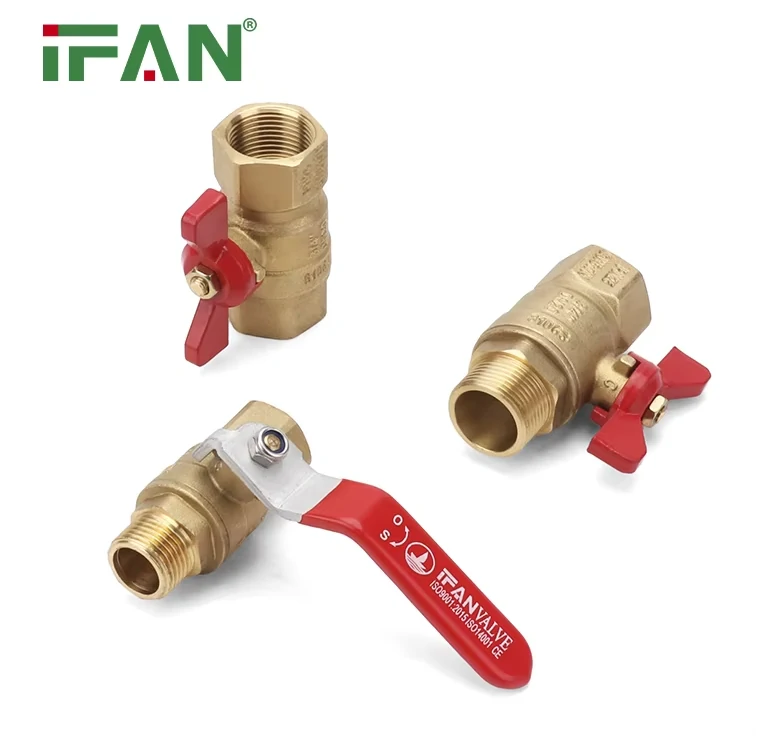Introduction
Ball valves are widely used for their reliability and efficiency in controlling fluid flow. However, they are not without drawbacks. This article explores the disadvantages of ball valves to help you make informed decisions.
Limited Throttling Capability
Ball valves are primarily designed for on/off applications. They are not ideal for precise flow control or throttling. Partially opening the valve can cause turbulence and wear, reducing its lifespan.
Potential for Water Hammer
Rapid closure of ball valves can create a pressure surge known as water hammer. This can damage pipelines and connected equipment. Slower-closing valves may be better for systems prone to this issue.
Wear and Tear in High-Frequency Use
In systems requiring frequent operation, ball valves may experience wear. Seals and the ball itself can degrade over time. Regular maintenance is essential to ensure longevity in high-use applications.
Susceptibility to Contamination
Ball valves can trap debris or sediment in their mechanisms. This can lead to clogging or impaired operation. Regular cleaning is necessary to maintain optimal performance in dirty environments.

Example Use Case
In a wastewater treatment plant, ball valves may clog due to debris. In industrial systems, frequent operation can cause wear and tear. Understanding these limitations helps in selecting the right valve.
Temperature and Pressure Limitations
While ball valves are durable, they have specific temperature and pressure limits. Exceeding these limits can cause failure. Always check manufacturer specifications to ensure suitability for your application.
Cost Considerations
High-quality ball valve can be expensive, especially for large systems. Budget constraints may necessitate alternative valve types. Weighing cost against benefits is crucial for cost-effective solutions.
Maintenance Requirements
Ball valve require regular maintenance to prevent issues like leaks or wear. Neglecting maintenance can lead to costly repairs. Proper care ensures reliable operation and extends the valve’s lifespan.
Conclusion
While ball valve offer many advantages, they also have notable disadvantages. Limited throttling capability, potential for water hammer, and susceptibility to wear are key concerns. Understanding these drawbacks helps in making informed decisions. Regular maintenance and proper selection mitigate many issues. By considering these factors, you can optimize the performance and longevity of your fluid control system. Ball valve remain a reliable choice for many applications, but awareness of their limitations ensures better outcomes.

